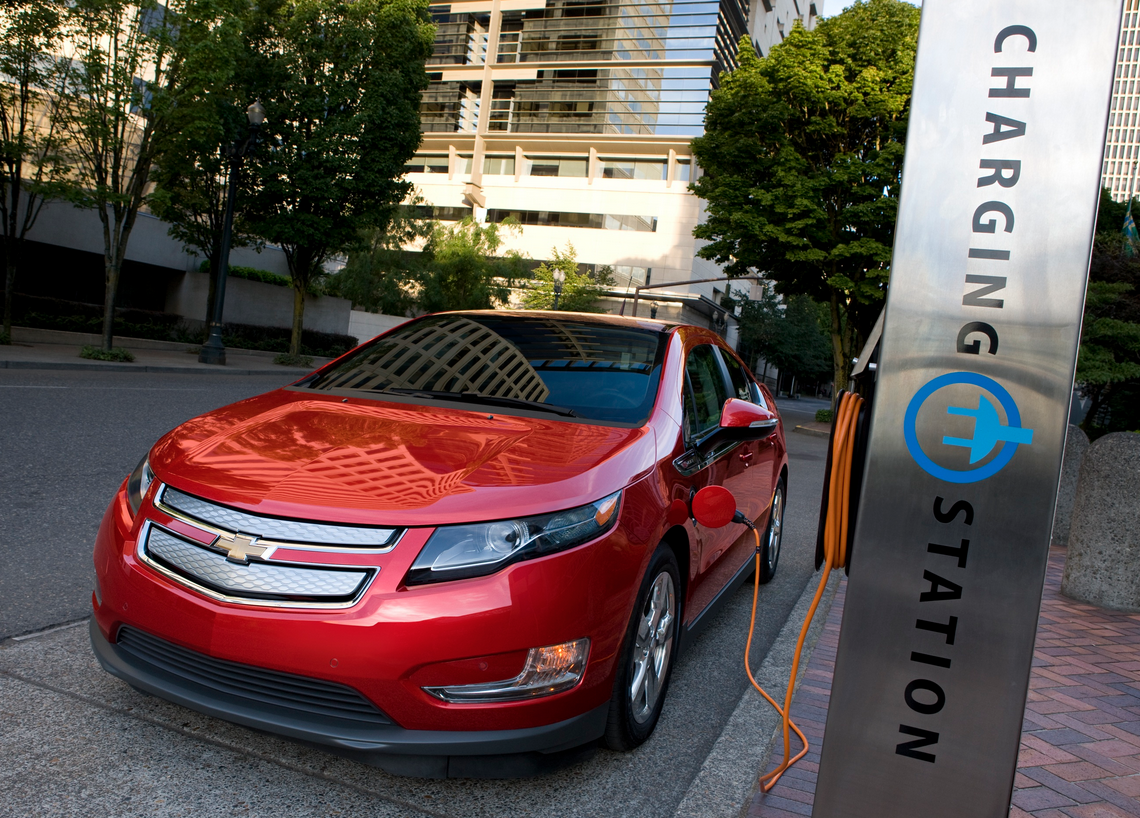Cars Getting Better Mileage, Cleaner Says EPA
And now some good news: EPA’s latest annual assessment of new automobile fuel economy, the “Fuel Economy Trends” report, shows that automakers have made great progress building fuel-efficient vehicles from when standards were tightened in the 1970s and early 1980s and with the gains of the last five years.
The report findings are evidence that fuel economy standards are working as designed.
What is presented is data on how fuel efficient recently-sold vehicles are; it is not a report on actual compliance with fuel economy standards. The Department of Transportation, which sets fuel economy standards, separately assesses automaker compliance based on various crediting mechanisms.
EPA also released a report that covers the compliance with EPA’s emissions standards for greenhouse gases.
On the fuel economy front, the recent trends demonstrate that fuel economy standards are saving drivers hundreds of dollars at the pump annually. New cars, SUVs and pickup trucks use nearly 20 percent less gas on average than those purchased a decade ago because manufacturers are responding to the challenge of meeting progressively tighter fuel economy and clean-car standards. Strong standards are essential to keeping these encouraging trends going.
EPA reports that model year 2016 vehicles—the latest finalized data—achieved 24.7 miles per gallon (mpg). The most recent data also shows that improvements in the average fuel economy of all passenger cars and light trucks have slowed in recent years (0.5 mpg from 2014 to 2015 and 0.1 mpg from 2015 to 2016). There are two primary causes of this: The growth in SUV sales and a slow-down in new vehicle designs.
More SUVs on the Road
SUVs are the sales king these days. EPA reports that 41 percent of model year 2016 vehicles were car- or truck-based SUVs. Sales of new larger truck SUVs as a share of total sales have grown 8.5 percent since 2012, the largest amount among cars, car SUVs, pickups and vans.
Light trucks must meet less stringent gas mileage standards than cars, so when consumers buy more light trucks, it drives down the average fuel economy for all vehicles sold. The standard that each manufacturer must meet is based on the mix of vehicles it sells, so if it sells more trucks, its overall fuel-economy requirement goes down. The standards adjust themselves to changes in the market. They were designed knowing that consumer choices could shift.
Fuel economy standards also vary based on the size of the vehicle within the car and truck classifications, but increase over time for all vehicle sizes and types. That way, buyers get more fuel savings for any type of vehicle with each future purchase (as long as standards tighten over time). Importantly, without the standards, the market shift to trucks could still have occurred due to low gas prices, but buyers would have missed out of fuel-saving efficiency gains without the push of the standards.
Fortunately for consumers, SUVs, cars, and pickups all continued to make fuel economy gains in 2016. As long as strong standards remain in place, these gains should increase in the coming years.
New Product Lull Means Less Fuel-Saving Technology…But It’s Temporary
The second reason fuel-economy gains are slowing is because automakers are at a low point in their model redesign cycle. Manufacturers typically overhaul their vehicle models and add major fuel-saving technologies about every 5 years. They’ve revamped fewer models recently, which has contributed to the slow-down in fleet average improvements. According to an analysis by auto industry experts at Baum and Associates, 10 percent to 11 percent of vehicles sold in model years 2012 and 2013 “were either new models or product redesigns that saw a major improvement in fuel economy.” In 2016 and 2017, the number of new or redesigned models dropped to 4 to 6 percent. Baum and Associates also points out that the lull will be short-lived because of strong growth in new models planned for 2018, 2019 and 2020.
Strong Standards are Key for the Climate and U.S. Jobs
All that said, automakers have been attacking the fuel-efficiency and GHG emissions standards over the last year and the Trump administration is seemingly intent on rolling them back.
In sharp contrast, the Natural Resources Defense Council asserts: The United States should at least maintain the existing standards and set stronger standards beyond 2025. Weaken standards will put U.S. jobs at risk by stifling innovation and investment as suppliers move overseas to meet more aggressive targets. Governments in major auto markets around the world—including leaders in China, India, the United Kingdom, Germany, Norway, the Netherlands and France—have announced
Category: Featured, General Update, Green, News










